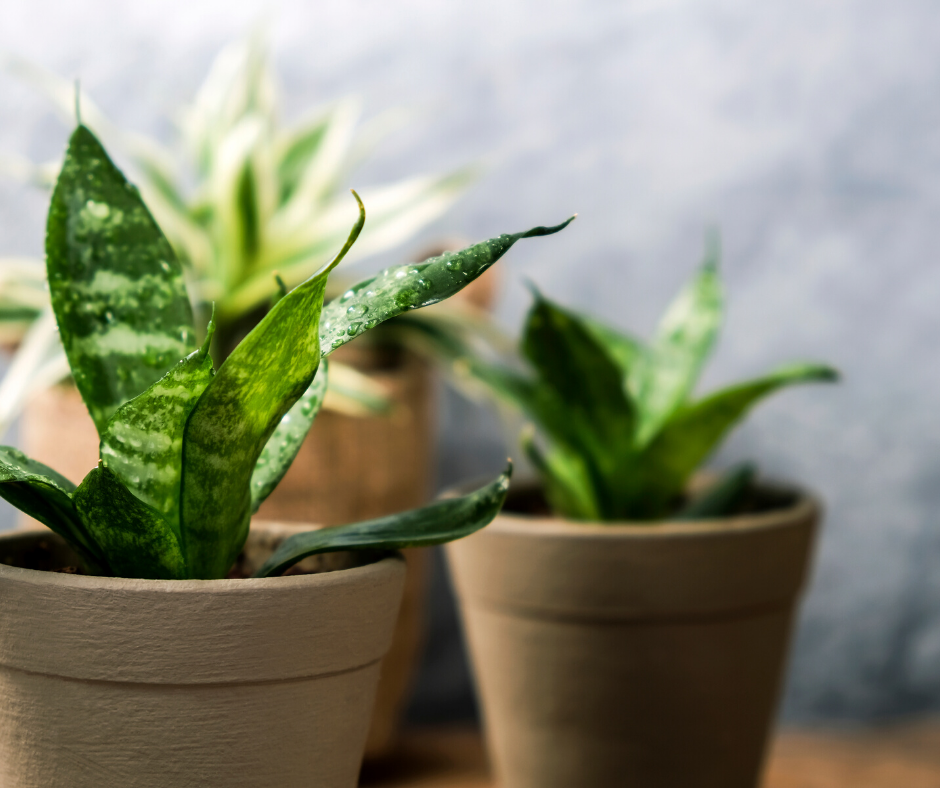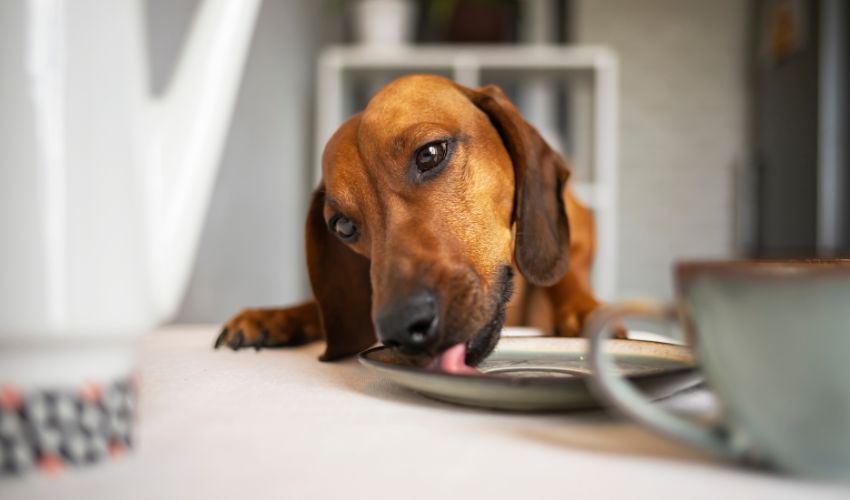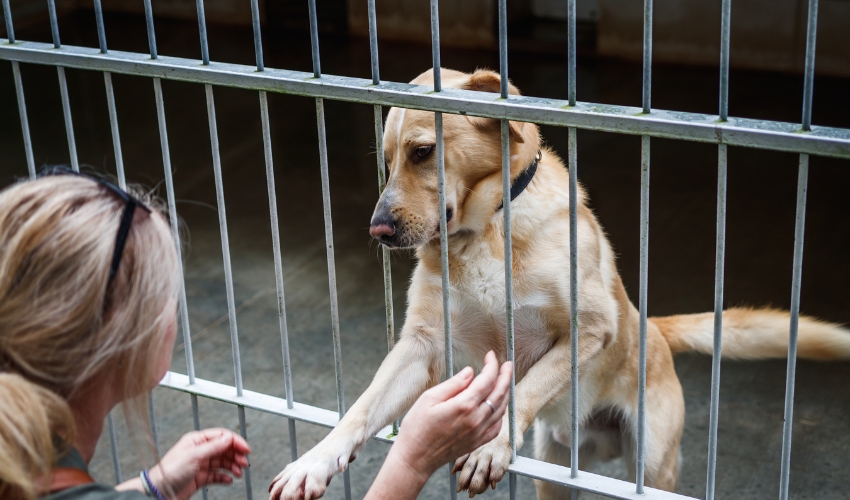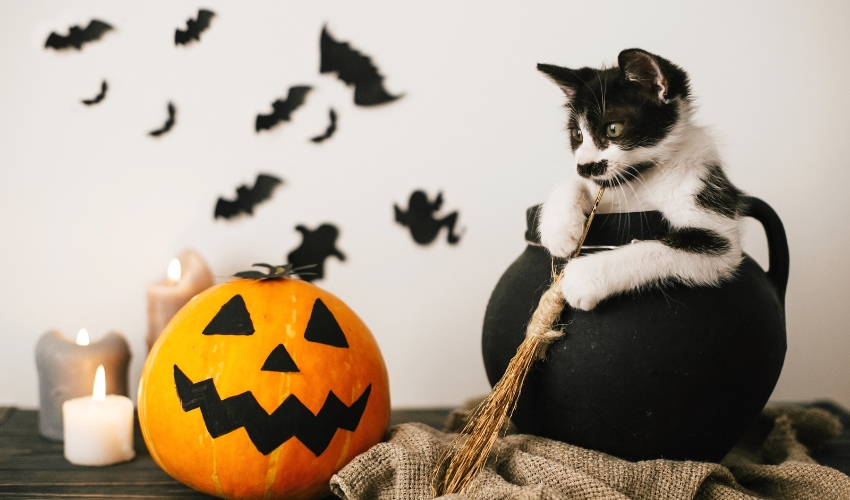
Houseplants can certainly liven up the bare and dull-looking spaces inside your home but unfortunately, not all of them are as harmless as they look. As a pet parent, it’s important to be extra careful with the decorative greens you bring home because some of them can cause your pet to end up in the animal hospital. No matter how pretty a houseplant is, your furry companion’s safety should always be the priority.
If you’re an avid fan of houseplants, then there’s a good chance that you already have various kinds adorning your home and are constantly on the lookout for new ones to add to your collection. But remember to watch out for these 8 houseplants and keep them as far away as possible from your furry family members!
Aloe Vera
Aloe Vera is one of the most common houseplants seen in households, mainly because they have a lot of uses, like soothing burns and breakouts. Their ability to add a nice decorative touch to any room is a plus. However, while Aloe Vera doesn’t cause problems when applied topically, they can cause very concerning effects when ingested by pets. It can lead to stomach upset, diarrhea, vomiting, change in urine color, and tremors.

Begonia
As beautiful as they are, all species of Begonias are poisonous to both dogs and cats. The most toxic part of the plant is the roots, but the sap and juices found in its stems and leaves are also dangerous. They contain toxins called “calcium oxalates”, which are microscopic, needle-sharp crystals that can cause an intense burning sensation in your pet’s mouth when ingested. Your pet would most likely end up with a badly swollen tongue and lips and find it difficult to swallow. Signs of Begonia poisoning in pets include vomiting and salivation.

Lilies
Now Lilies—these are houseplants that you definitely don’t want to risk exposing your pet to, especially if they’re of the feline kind. All parts of the Lily plant—from stems to flowers to pollen to even the water inside its vase—is toxic to pets when ingested. And while normally only causes stomach upset in dogs, within days, it can lead to fatal kidney failure in cats. Early signs of Lily toxicity in cats include drooling, lethargy, vomiting, and loss of appetite.

Coral Cactus
If you’re a succulent lover, then you’re probably familiar with the Coral Cactus; maybe you even have one (or more) in your own home. However, the plant is not only unsafe for your pet, but also for you and other members of the household. It’s toxic when ingested and its sap can cause skin and eye irritation, so be sure to keep your Coral Cactus out of the reach of pets and kids or better yet, steer clear of them entirely. You can check out this blog for a list of pet-safe succulents.
Cyclamen
Like Lilies, all parts of the Cyclamen plant pose a danger to pets. They contain toxic compounds called “saponins” which, when ingested by our furry friends, can cause salivation, vomiting, and diarrhea. That’s not all, though. If your dog or cat happens to chomp of a big portion of the plant, the toxins can cause heart problems, seizures, and even death.

Asparagus Fern
For the Asparagus Fern, also known as Emerald Fern or Emerald Feather, the berries and leaves are a definite no-no for pets. While the berries cause more severe effects, both plant parts contain chemicals that are toxic to dogs and cats, causing abdominal pain, vomiting, and diarrhea when ingested. They’re also known to cause skin irritations in pets that continuously come into physical contact with the plant.

Dumb Cane
Like Begonias, Dumb Cane plants contain “calcium oxalates” and cause a severe burning sensation in the mouth when ingested by pets. This leads to intense swelling of the mouth, lips, tongue, and throat, which makes it difficult for the poisoned dog or cat to swallow food or drink water. If consumed in large quantities, your pet could suffer extreme stomach upset, breathing difficulties, kidney failure, coma, and death. In most cases, even after pets recover, they get left with permanent liver or kidney damage.

Snake Plant
According to the American Society for the Prevention of Animal Cruelty (ASPCA), the very popular snake plant is toxic to pets. Just like the Cyclamen plant, it contains “saponins” which work to protect it from insects and pests but cause nausea, vomiting, and diarrhea when ingested by dogs and cats. Its juices can also cause skin irritations in both pets and humans.

We only tackled the most common houseplants, but you can check out this awesome list from HousePlantsExpert.com to make sure that the only houseplants you’re bringing home are the pet-safe kind!












